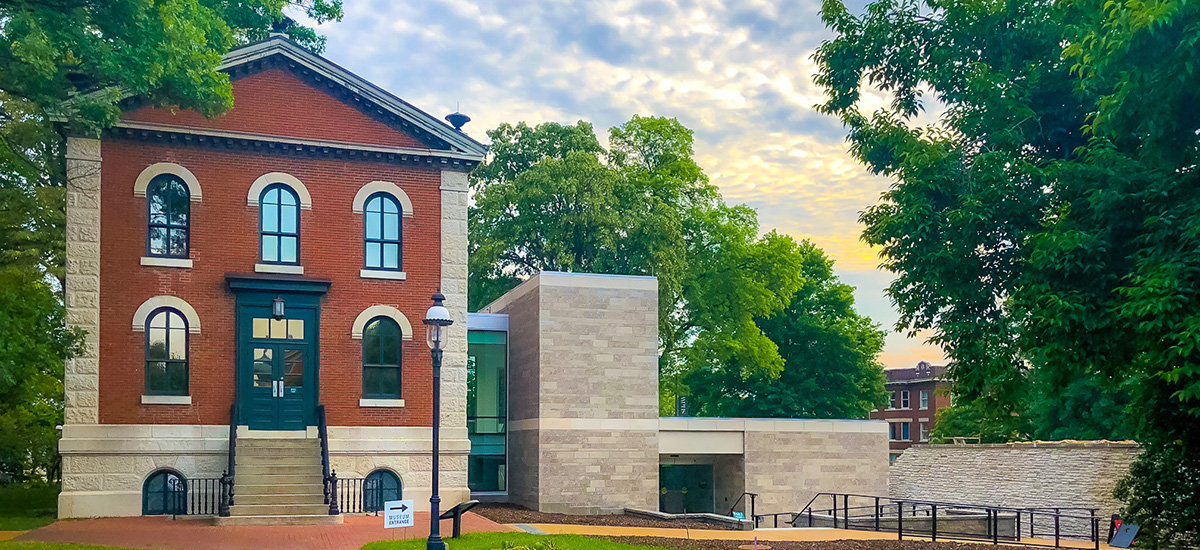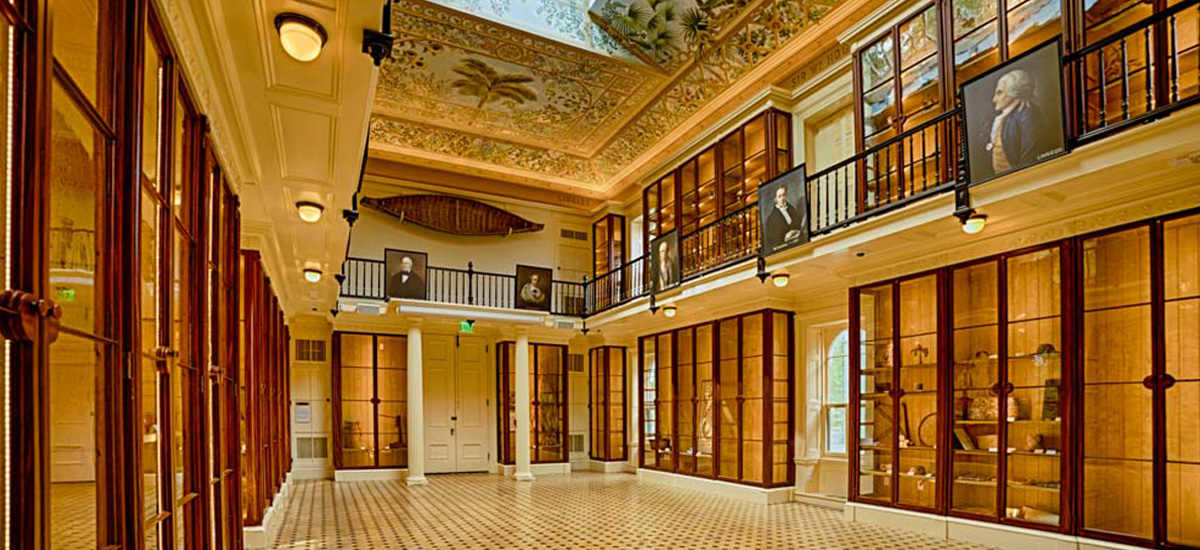Museum Building Renovation and Addition
Missouri Botanical Garden – St. Louis, Missouri
Project Background
A 7,000 sq. ft. red brick Georgian-style structure, the original museum building at the Missouri Botanical Garden dates back more than 150 years. It is believed to be one of the earliest buildings erected in the botanical garden founded by English philanthropist Henry Shaw in 1859 and is the only structure on the property not to have been significantly altered since Shaw’s time. Originally used as a library, research lab, lecture hall, and herbarium that at one time housed the garden’s early collection of over 60,000 dried plant specimens, the building became obsolete once the garden outgrew the museum’s available space.
Project Deliverables
Before the renovation was completed in the spring of 2018, the building had been completely vacant since 1982. Although structurally sound, the building required several updates to operate as a museum displaying the garden’s collection of art and botanical drawings.
McClure Engineering first conducted a feasibility study to evaluate the potential of a geothermal well-field to support the heating and cooling plants for the renovated museum and new addition. This study also included serving the Administration Building and Tower Grove House.
After the geothermal study was completed, the renovation of the Museum Building commenced. Throughout the process, McClure Engineering worked with The Missouri Botanical Garden and historic conservators to ensure that all renovation standards were upheld to maintain compliance with State and Federal Historic Rehabilitation rules and guidelines, as required by the building’s status on the National Register of Historic Places. The main challenge was ensuring the HVAC, electrical and A/V systems complemented the historic architecture without compromising it. To maintain the building’s historic integrity, McClure provided a water source VRF HVAC that utilized fan coil units as well as a dedicated outdoor air unit with equipment located in peripheral spaces. Additional updates included the replacement of all fenestrations, insulating exterior walls, and constructing new walls to reroute mechanical, electrical, and plumbing systems to better showcase murals that had been obstructed by a drop ceiling installed decades earlier.
McClure Engineering also designed a new state-of-the-art A/V system that would make the renovated museum functional for meetings and multi-media events. Visible system components included loudspeakers and a projection system that were integrated into the building architecture to minimize their visual impact and preserve important aesthetic features of the space. Acoustic measures were taken to lower the background noise created by HVAC equipment, increasing speech intelligibility for both live microphones and pre-recorded program material.
In addition to the renovation of the historic museum building, McClure Engineering provided MEP design for the 2,600 sq. ft. modern addition, now serving as an entry point to the museum. The addition includes an elevator and stairs for museum access, ADA-compliant zero entry restrooms, a water fountain, and a bottle filling station. Because the addition would be connected to a protected historic structure, compliance with State and Federal Historic Rehabilitation rules and guidelines were again necessary. Guidelines stipulated that the new addition needed to complement the historic building without mimicking it. Once it was designed, it was McClure Engineering’s task to provide the new structure with MEP/FP systems that were transparent to the public view. This was accomplished by utilizing the very small back-of-house areas to locate electric and domestic water system boilers, water-cooled condensing units, and DX fan coil units.
PROJECT DETAILS
Architect Of Record
Christner Architects
Construction Cost
$5,850,000
SQ. FT.
7,000 (Museum Bldg) 2,600 (Addition)
Market Sector
Cultural Facilities
Year Completed
2018
LEED
N/A
Our Services
Principal
Keith Esarey, P.E.



